May 29, 2025 | 18:10 GMT +7
May 29, 2025 | 18:10 GMT +7
Hotline: 0913.378.918
May 29, 2025 | 18:10 GMT +7
Hotline: 0913.378.918
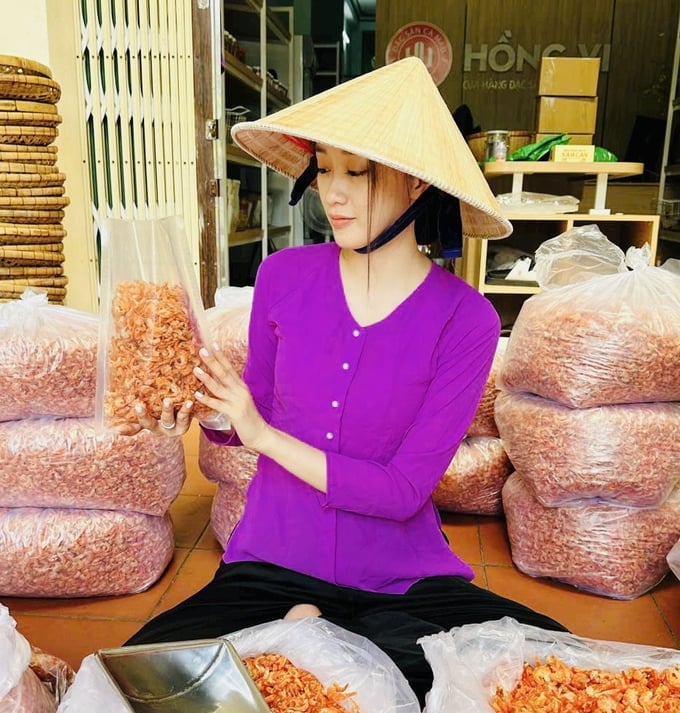
The craft of producing dried shrimp in Ca Mau province has been incorporated into the national intangible cultural heritage. Photo: Trong Linh.
On November 15th, Ca Mau province's Department of Culture, Sports, and Tourism announced that the Ministry of Culture, Sports, and Tourism has recently decided to incorporate the traditional craft of producing dried shrimp and the traditional festival honoring Madam Thuy Long in Ca Mau province into the national intangible cultural heritage.
Accordingly, the Ministry of Culture, Sports, and Tourism has recommended the Chairpersons of local People's Committees in areas with intangible cultural heritage within the scope of their duties to perform management activities in accordance with the legal provisions on cultural heritage.
Ca Mau province is one of the largest shrimp farming provinces nationwide, with a total shrimp production area of approximately 280,000 hectares, and an average annual yield of 220,000 tons of raw shrimp. These outstanding factors serve as an abundant source of raw materials for the local maintenance and development of the dried shrimp craft.
To date, the traditional craft of producing dried shrimp is prevalent across the entirety of Ca Mau province, featuring various types and products of dried shrimp, including land shrimp, white shrimp, tiger shrimp, and pond shrimp. This longstanding traditional craft is currently thriving throughout Ca Mau province, establishing itself as one of the distinctive local specialties.

The craft of producing dried shrimp has been officially recognized as a national heritage, serving as a driving force to further enhance its value for locals engaged in the dried shrimp craft in Ca Mau province. Photo: Trong Linh.
It is a popular belief that dried shrimp from certain areas such as Rach Goc town in Ngoc Hien district, Khanh Hoi commune in U Minh district, and Nam Can town in Nam Can district are more reputable. Accordingly, these local communities have developed a deep connection with this traditional craft for hundreds of years.
According to local residents, two forms of dried shrimp craftsmanship are being practiced in Ca Mau province. The traditional form, originating from ancient times, involves small-scale, manual production by households and is widely prevalent in regions with a tradition of dried shrimp craftsmanship. On the other hand, there is a modern form of production on a large scale using technological processes, combining machinery and human labor.
According to experienced dried shrimp craftsmen in Nam Can district, there are two types of raw materials for used in the making of dried shrimp: freshwater shrimp and saltwater shrimp. River shrimp produce a high-quality product with higher economic value. However, due to the low production of river shrimp in Ca Mau province, sea shrimp are the main source of raw materials.
Despite its simplistic nature, the process of producing dried shrimp is intricate, requiring fresh and high-quality raw materials and the expertise of the craftsman. A small error in the process can result in a decrease in the quality and economic value of the dried shrimp.
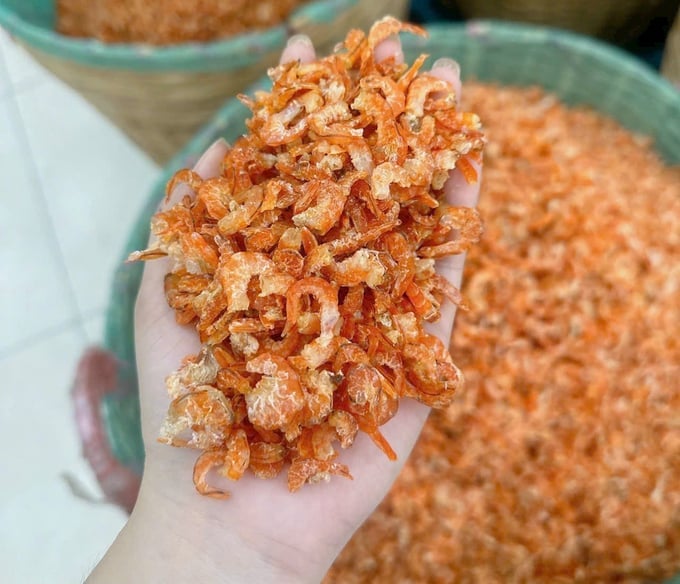
The Ca Mau dried shrimp brand has gained recognition both domestically and internationally. Photo: Trong Linh.
Ca Mau province is promoting the development of its dried shrimp industry, supplying at least 50 tons of products to the market every year. In addition to preserving the traditional craft villages, this initiative also provides employment opportunities for the local population. The people of Ca Mau province hope that, with the centuries-old tradition of the craft, it will be officially recognized as a national intangible cultural heritage, thereby contributing to the protection of the Ca Mau dried shrimp brand.
According to the Ca Mau province's Department of Culture, Sports, and Tourism, the preservation and promotion of the dried shrimp craft is a goal shared by both the government and the local community. This is considered one of the most crucial factors for successfully preserving and promoting the dried shrimp industry in Ca Mau in the future.
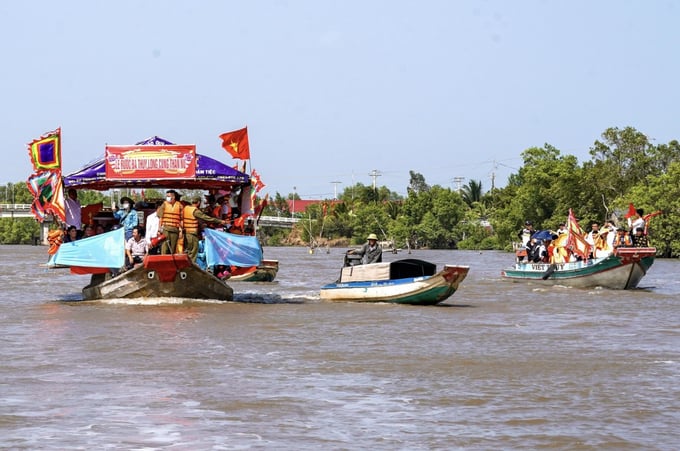
The traditional festival honoring Madam Thuy Long in Thanh Tung commune, Dam Doi district, Ca Mau province, has also been officially recognized as a national heritage. Photo: Huynh Lam.
Moreover, the festival honoring Madam Thuy Long in Thanh Tung commune, Dam Doi district, Ca Mau province, has been a traditional belief of the local communities for over a century.
The festival takes place annually from the 15th to the 17th day of the second lunar month, attracting numerous visitors from both within and outside the province. It represents a cultural beauty with educational significance, emphasizing traditional values such as remembrance of one's roots, urging descendants to uphold an ethical lifestyle, fostering unity and love, and showcasing a strong sense of community.
Translated by Nguyen Hai Long

(VAN) Ms. Nguyen Thi Dung, Deputy Director of Ngoc Hoang Cooperative, shared about the journey of bringing dragon fruit to Europe, achieving annual revenues in the billions of VND.
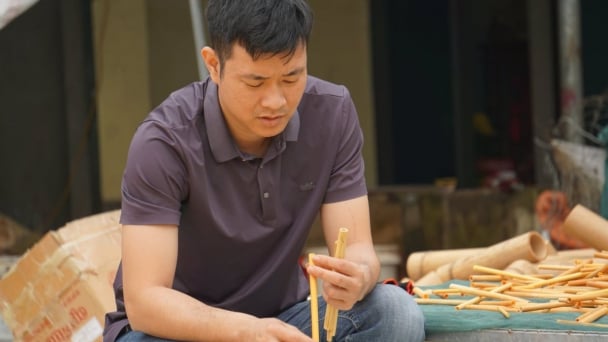
(VAN) Bamboo products from Thang Tho Bamboo Cooperative have reached many countries around the world, while also creating jobs for local workers.
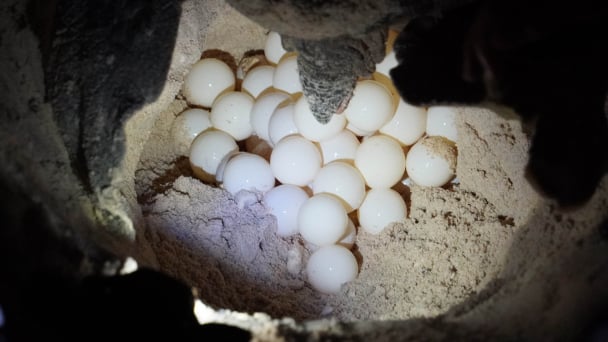
(VAN) The Management Board of Con Dao National Park reported that a green sea turtle, tagged in the Philippines, has traveled thousands of kilometers to lay 84 eggs on Bay Canh Islet.
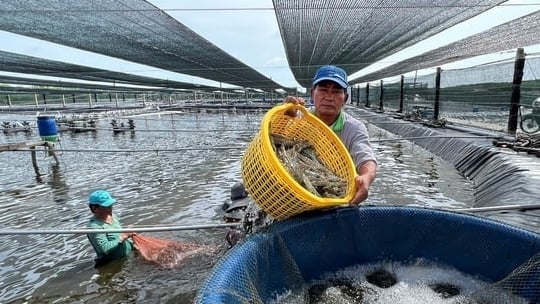
(VAN) Green technology is paving a new path for sustainable aquaculture in the Mekong Delta in particular and across the country in general, helping reduce emissions and adapt to climate change.
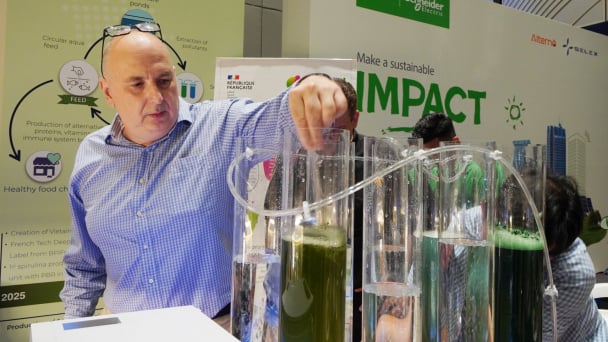
(VAN) On May 27, La French Tech Vietnam (the French startup and innovation community in Vietnam) held the French Tech Summit Vietnam 2025.
/2025/05/27/4731-2-223159_980.jpg)
(VAN) No votive paper, no styrofoam, no plastic bags, no plastic bottles, and no single-use plastic trays are the key rules tourists should keep in mind when visiting Con Dao.
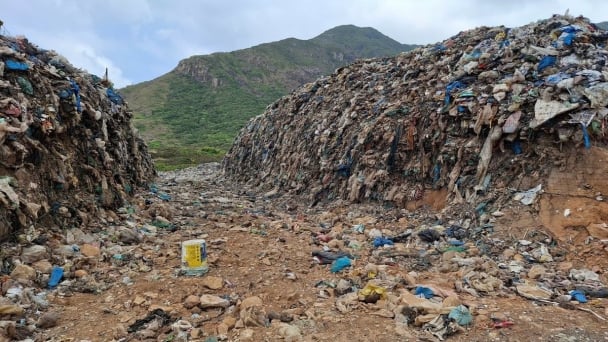
(VAN) In the fight against plastic pollution, Vietnam has been demonstrating a proactive, pioneering, and active role in addressing the greatest environmental challenge today.